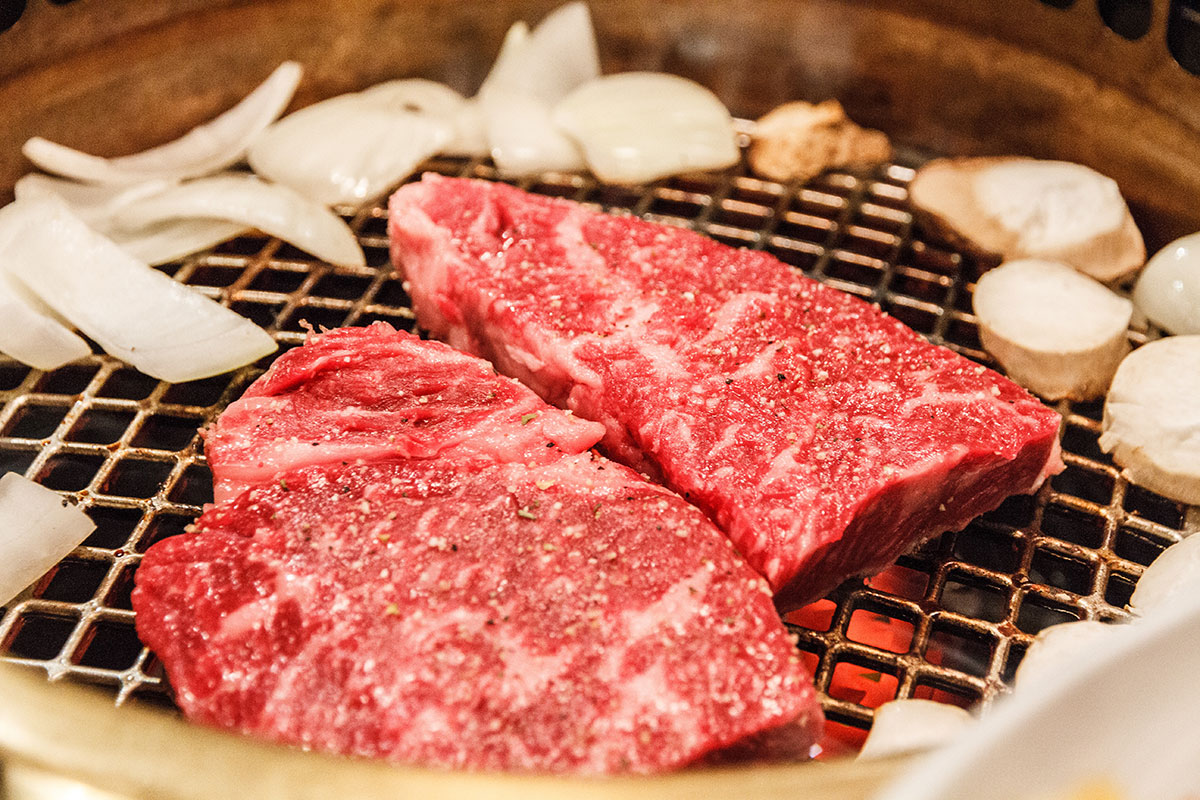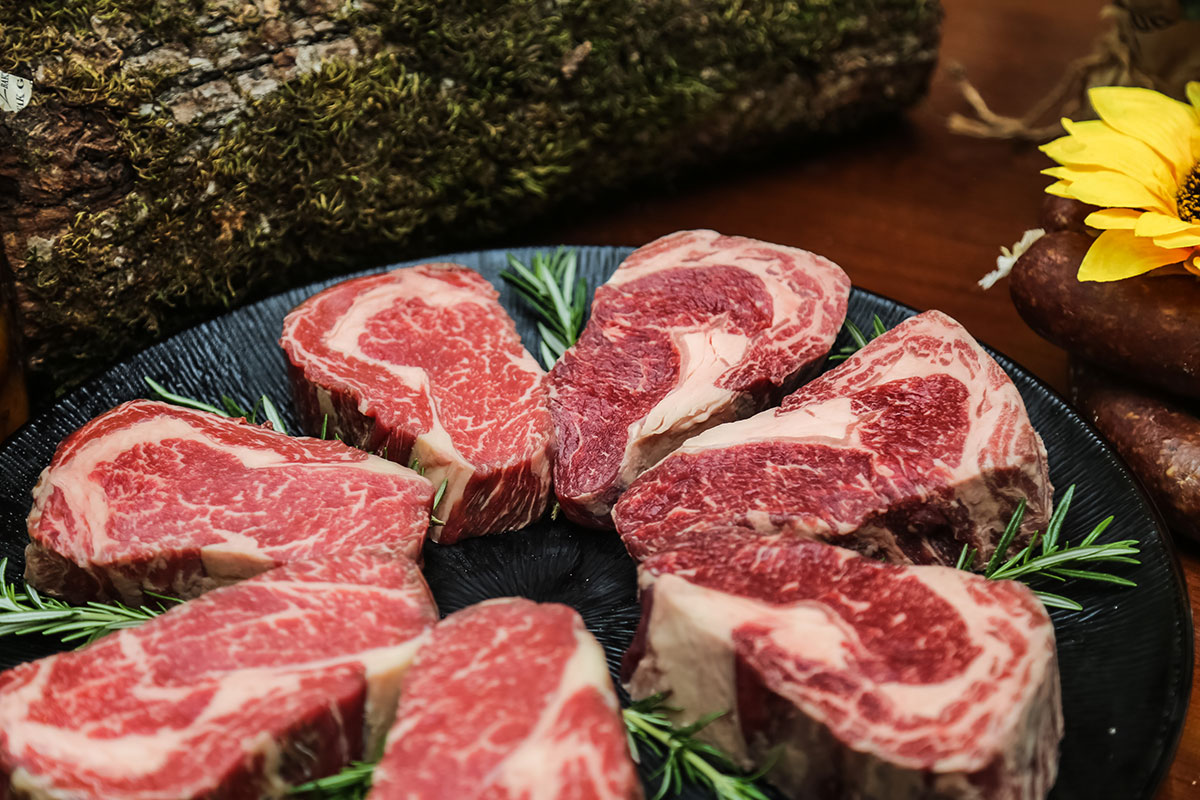There are various reasons for grain feeding. From the perspective of supply and demand, using grain feeding can shorten the mature period of cattle and help maintain the continuous supply of beef. Grain feeding is also helpful for meat taste, such as tenderness, and is conducive to improving eating quality. In addition, due to different market positioning, grain-fed beef can meet certain specific market needs (for example, beef with rich marbling). It is worth mentioning that in the dry or dry season, grain is usually used as a substitute or supplement to feed cattle in the pasture.

